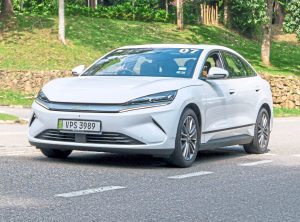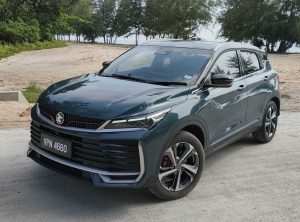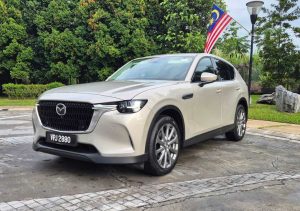GOTHENBURG: Volvo Cars is exploiting advanced AI-generated virtual environments to enhance the development of its safety software, including driver assistance systems (ADAS).
The company now puts together incident data collected from advanced sensors in its latest models, which monitor emergency braking, sharp steering and manual interventions. This data is used to reconstruct and analyse real-world incidents, aiding engineers in identifying ways to prevent future mishaps.
The innovation is driven by a computational method called Gaussian splatting.
This technique creates high fidelity 3D scenes and subjects from real-world visuals, allowing Volvo Cars to modify virtual scenarios by adding or removing road users and adjusting traffic or obstacle behaviour.

As a result, the safety software is exposed to a vast array of traffic situations, including complex, rare “edge cases,” and the time required for testing these scenarios has been reduced from months to days.
Volvo Cars develops these virtual environments in collaboration with Zenseact, an AI and software company founded by Volvo.
This initiative is also part of a PhD programme involving leading Swedish universities, sponsored by the Wallenberg AI, Autonomous Systems and Software Program (WASP).
In addition, Volvo is integrating NVIDIA technology, with a new AI supercomputing platform and one of the largest data centres in the Nordics, to collect and contextualise sensor data so as to fast-track the development of future safety features and further enhance the intelligence of its safety systems.

Gaussian splat scenarios image












